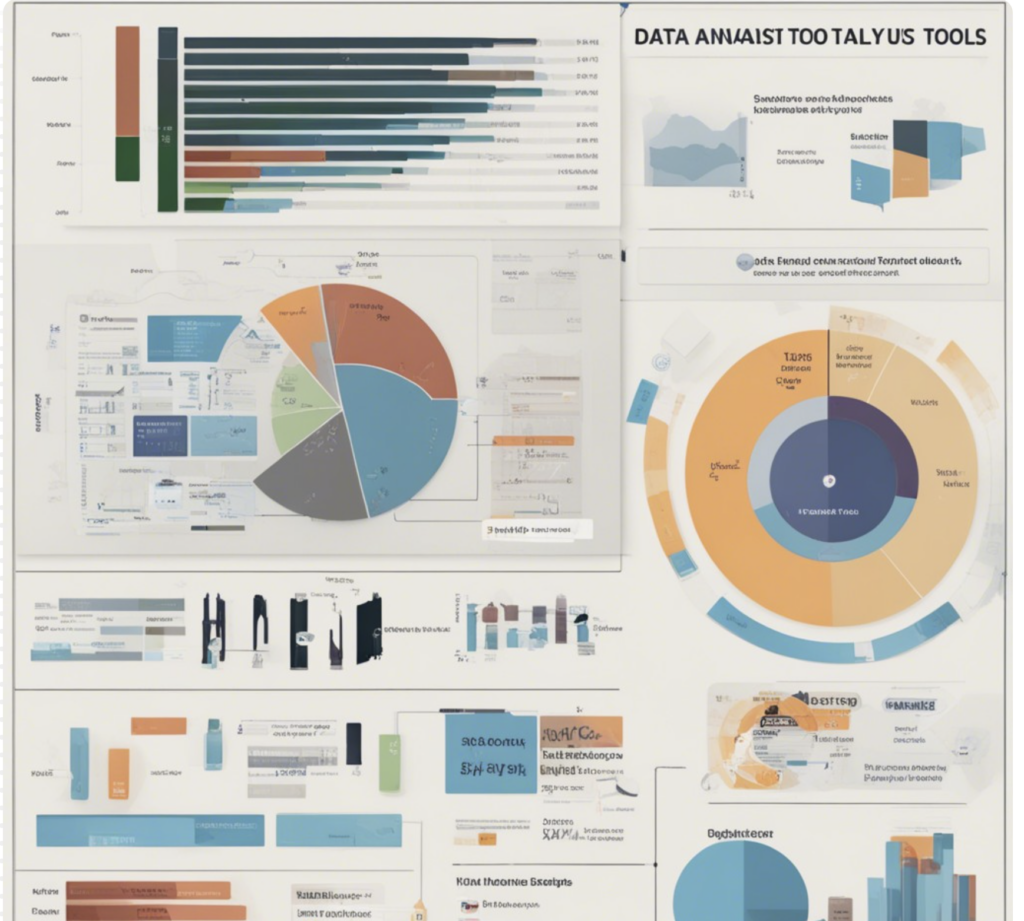The availability of data analyst job positions can vary by location and industry. However, many companies across different sectors hire data analysts. Here’s a list of well-known companies and industries that often offer data analyst jobs:
- Technology Companies:
- Amazon
- Apple
- Microsoft
- Financial Services:
- JPMorgan Chase
- Goldman Sachs
- Morgan Stanley
- Citibank
- American Express
- Retail and E-commerce:
- Walmart
- Amazon
- Target
- eBay
- Shopify
- Consulting Firms:
- Deloitte
- Accenture
- McKinsey & Company
- Boston Consulting Group (BCG)
- Healthcare and Pharmaceuticals:
- Pfizer
- Johnson & Johnson
- Merck
- Kaiser Permanente
- Cigna
- Automotive:
- General Motors
- Ford
- Tesla
- Toyota
- BMW
- Telecommunications:
- AT&T
- Verizon
- T-Mobile
- Comcast
- Consumer Goods:
- Procter & Gamble
- Unilever
- Nestlé
- Coca-Cola
- PepsiCo
- Social Media and Entertainment:
- Netflix
- Disney
- Spotify
- Energy and Utilities:
- ExxonMobil
- Chevron
- Duke Energy
- NextEra Energy
- Aerospace and Defense:
- Boeing
- Lockheed Martin
- Northrop Grumman
- Raytheon Technologies
- Government and Public Sector:
- Various government agencies at federal, state, and local levels often hire data analysts for various purposes, including healthcare, education, and law enforcement.
- Startups and Small Businesses:
- Many startups and small businesses across various industries rely on data analysis to make informed decisions. Job opportunities can be found in these companies as well.
- Non-profit Organizations:
- Organizations such as the United Nations, World Health Organization (WHO), and various non-profits working on social and environmental issues often hire data analysts.
- Education:
- Universities and educational institutions may have data analyst positions, especially in research and institutional planning departments.
When searching for data analyst jobs, use job search platforms like LinkedIn, Indeed, Glassdoor, and company career pages to find specific job openings that match your skills and interests. Keep in mind that the demand for data analysts continues to grow across a wide range of industries, so there are often opportunities available for qualified candidates.

